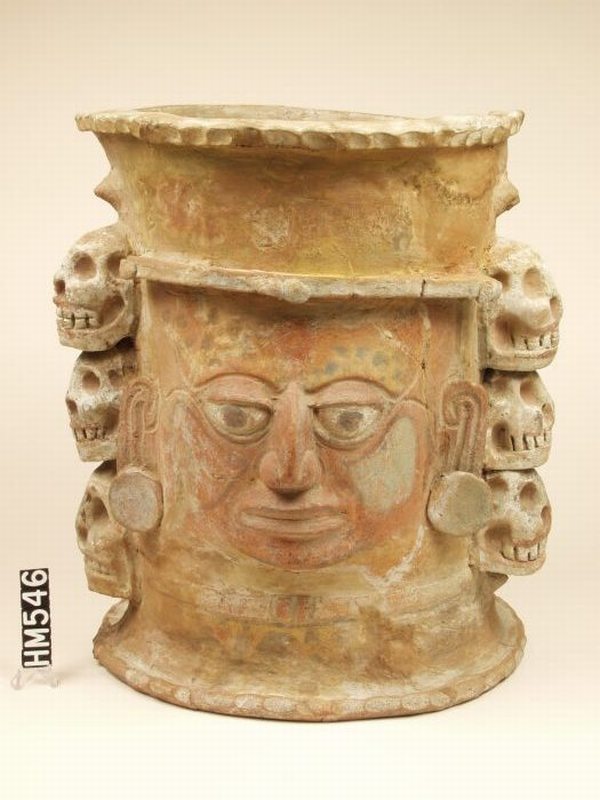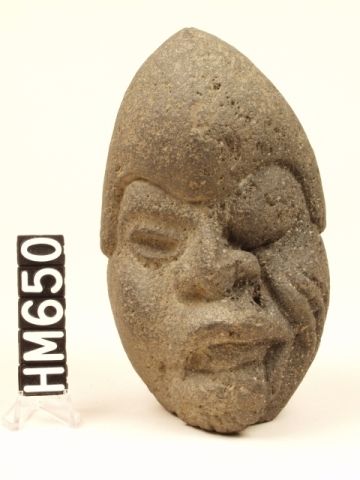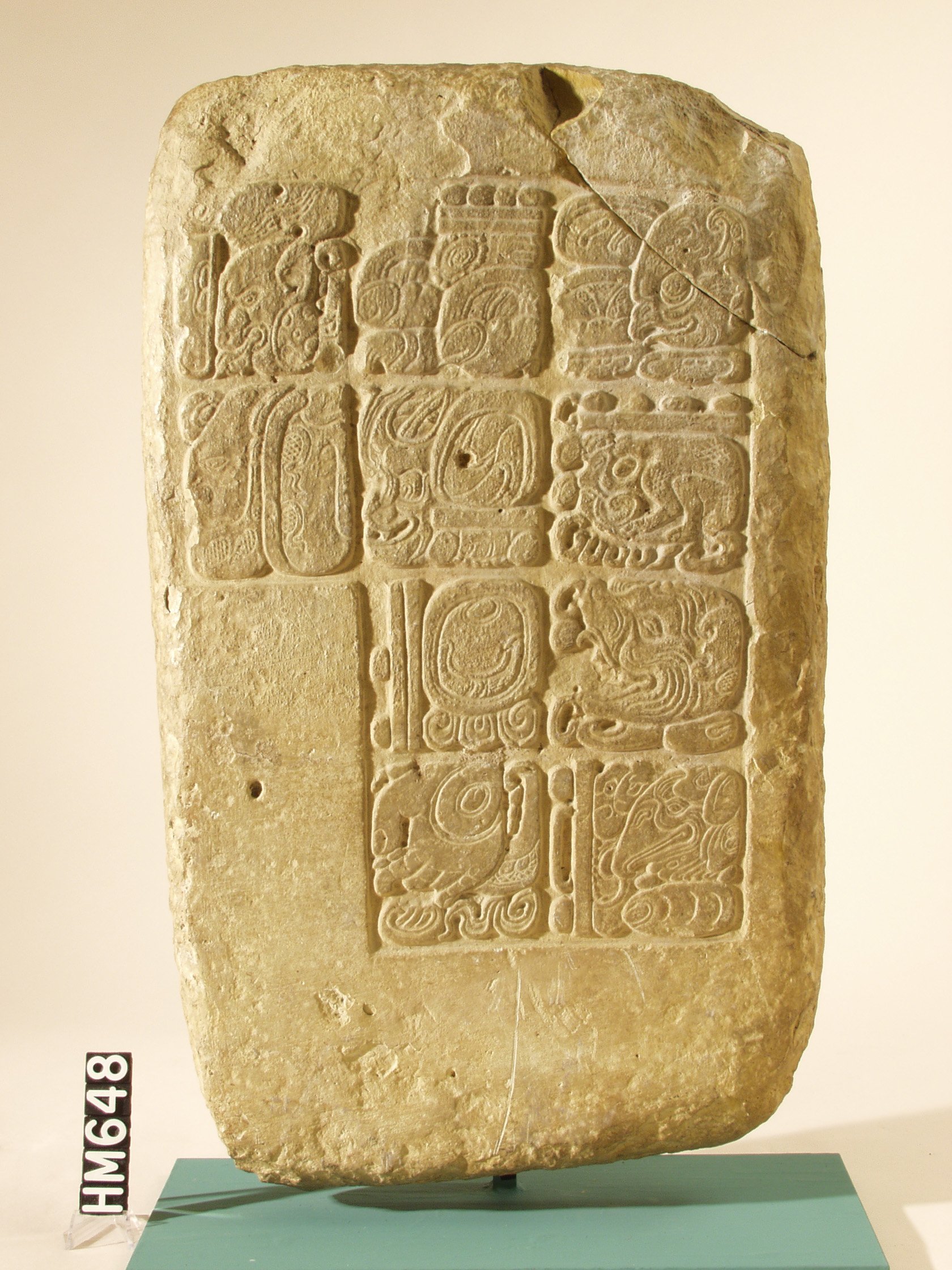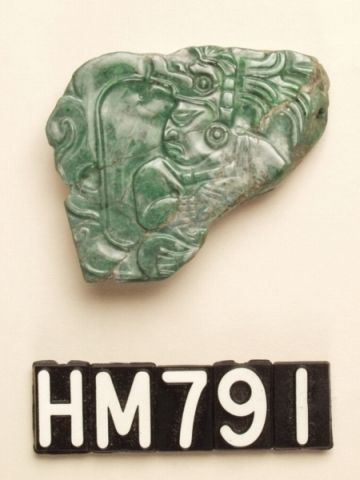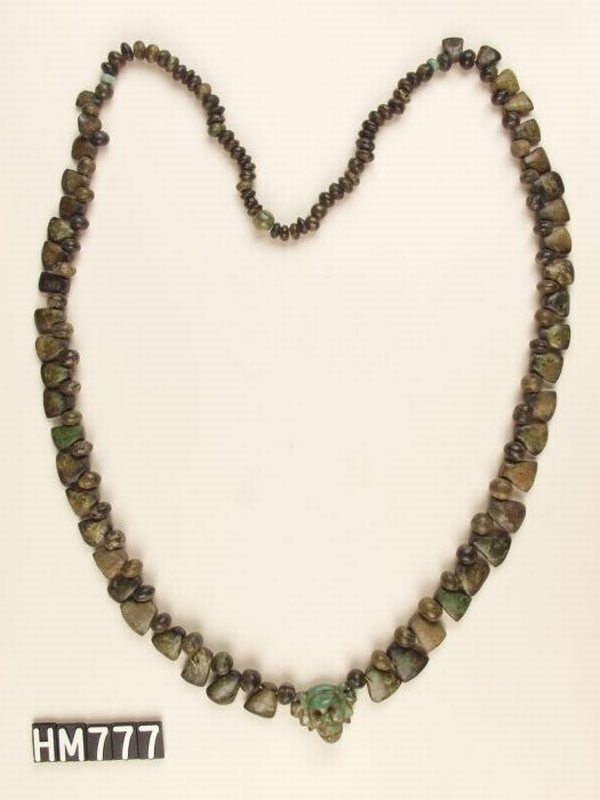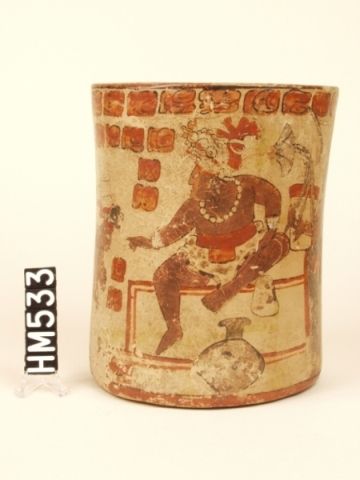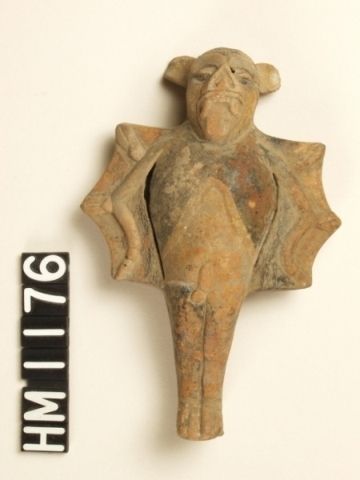Maya
For nearly 3,000 years prior to European colonization, ancient Maya society evolved across parts of Central America and the Yucatán Peninsula, which archaeologists have divided into three broad phases: the Pre-Classic, Classic, and Post-Classic periods. By the end of the Classic Period, around 800-1,000 CE. , many Maya cities in the southern lowlands, such as Palenque, Tikal, and Calakmul, had been abandoned, leaving behind impressive architectural ruins that became enshrouded by tropical forest in the subsequent centuries. Popularly known as the Classic Maya Collapse, this significant transformation was the result of a complex process of human environment interactions that included deforestation, drought, population growth, and socio-economic stress, where no single cause can account for the widespread changes that ensued.
The decline in the southern Maya lowlands coincided with a shift in power to the Northern Yucatán and coastal waterways around the peninsula during the Post Classic Period. Here, Maya city states such as Mayapan and Tulum thrived, developing distinctive architectural and material cultural traditions. When Spanish explorers arrived in the 16th century, they encountered a number of smaller autonomous city-states across the northern lowlands. Despite the 9th century collapse of Classic Maya civilization and Spanish colonization from the 16th century onward, millions of indigenous Maya peoples continue to inhabit parts of southern Mexico, Belize, Guatemala, Honduras, and El Salvador today.
Painted and Modeled Funerary Urn
AD250-900
William P. Palmer III Collection
Jaguar spots adorn the central face and with the addition of large earspools, the iconography suggests that it is a depiction of Xbalanque, one of the hero twins. The skulls flanking the face connect the vessel with the Underworld.
Limestone Glyph Panel
AD 600-900
William P. Palmer III Collection
This piece, probably a temple stair riser, was one of a series of at least 20 panels from a site on the Usumacinta River. The panel depicts only a portion of a larger text. The panels date, 13 Kan 2 Kankin, appears in the second row of glyphs from the bottom.

